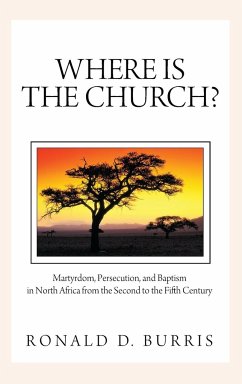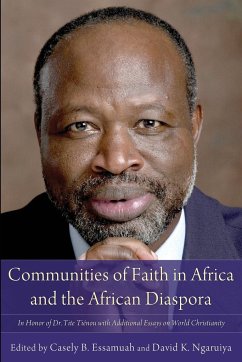Where Is the Church? Martrydom, Persecution, and Baptism in North Africa is an overview of North African Christianity from the second to the fifth century. Beginning with the African martyrs, Ronald D. Burris investigates the idea of how "church" was defined in North African Christianity through the understanding of water baptism, martyrdom (baptism in blood), and key theological concepts such as origo or conscientia. In addition to baptism and ecclesiology, this work investigates the social, political, and economic issues that were germane to the shaping, hardening, and eventual condemnation of those beliefs as expressed by the North African Christians, called the Donatists. Morevoer, this work seeks to explain why so many North African Christians were drawn to that group. They were drawn to the Donatists because the latter more closely represented the tradition of the early African martyrs, Tertullian, and their beloved hero and martyr, Saint Cyprian.








